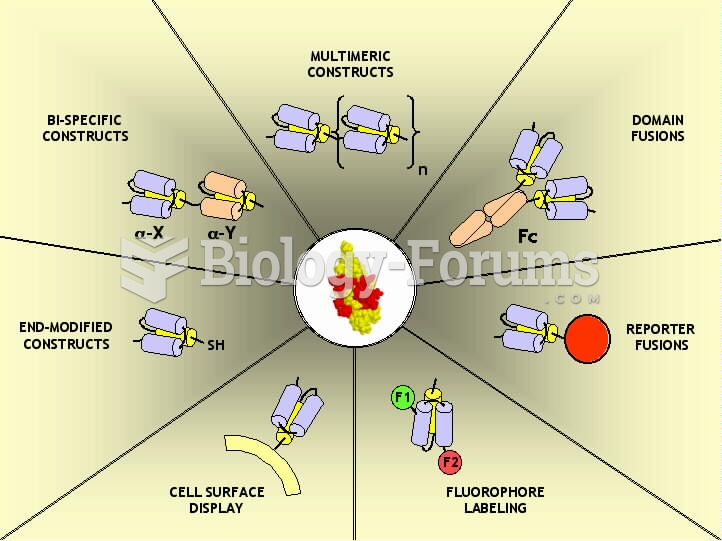Answer to Question 1
E
Answer to Question 2
Proposals are written offers to solve problems, provide services, or sell equipment. Some proposals are internal, often taking the form of justification and recommendation reports. Most proposals, however, are external.
Proposals may be divided into two categories: solicited and unsolicited. When firms know exactly what they want, they prepare a request for proposal (RFP) specifying their requirements. Government agencies, as well as private businesses, use RFPs to solicit competitive bids from vendors. Most proposals are solicited. Enterprising companies looking for work might submit unsolicited proposals, which are offers to solve problems or provide products or services.
Informal proposals have the following six parts:
Introduction: Explains the reasons for the proposal and highlights the writer's qualifications. May also provide a hook to make the proposal more persuasive.
Background, Problem, and Purpose: Identifies the problem and discusses the goals or purposes of the project. If the proposal is unsolicited, it convinces the reader that a problem exists. If the proposal is solicited, it persuades the reader that you understand the problem completely.
Proposal, Plan, and Schedule: Discusses your plan for solving the problem, what you propose to do, and how it will benefit the reader. It may include a schedule of activities or timetable showing when events will take place.
Staffing: Describes the credentials and expertise of the project leaders. It may also identify the size and qualifications of the support staff, along with other resources such as computer facilities.
Budget: Presents a list of proposed project costs.
Authorization Request: Requests approval or authorization and reminds the reader of key benefits. It might also include a deadline beyond which the offer is invalid.







